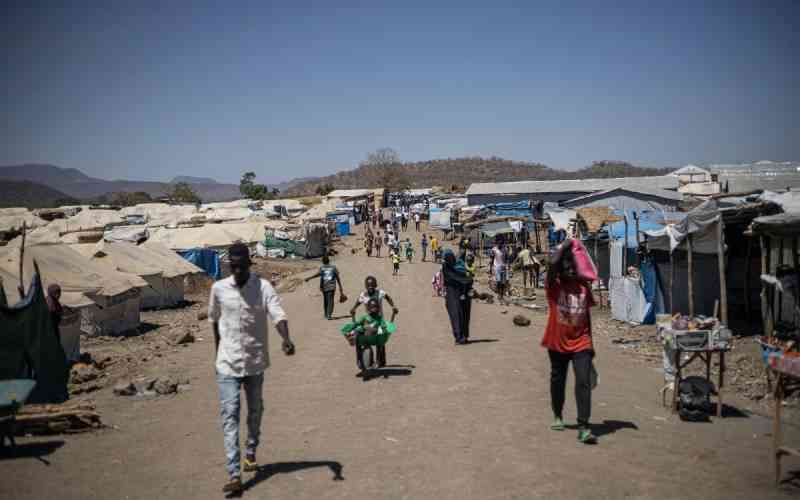By Antony Gitonga
Environmentalists have expressed their concern over the degradation of the Kaya forests in the Coast region and accused the government of doing little to save the historical and sacred world heritage site.
The experts have identified wood-fuel extraction, tourism development, sand and coral block quarrying and minerals prospecting as the leading causes of the destruction.
Other causes include farm encroachments and illegal allocation of Kaya land to rich and influential individuals.
According to Elias Kimaru, WWF coordinator Kwale County, the situation was compounded as the Kaya boundaries are not clear and the ownership issue is yet to be addressed.
Kimaru said that the forests were once treated as sacred grounds but this had changed mainly due to modern development and limited appreciation of the Kaya system and values.
“Despite a lot of work, national and global significance, kaya system is today facing increasingly threats than ever before from both internal and external sources,” he said.
The officer accused the State of doing little in saving the forests which have rich biodiversity with survey indicating that the more than half of Kenya's rare plants are found in the Coast.
He pointed to funding noting that the National Museums of Kenya (NMK)which is mandated to look after such historical sites was underfunded.
“The government through NMK has consistently been reducing support to Coast Forest Conservation Unit almost crippling its operations,” he said.
Kimaru said that the body did not have a single vehicle, no operations gadgets and lacked basic equipments like computers.The sentiments were echoed by Onesmus Macharia who noted that 42 Kaya forests have been already been gazetted as National Monuments, 26 in Kwale County and 16 in Kilifi County.
He said that limited support had worsened the situation adding that non state actors had shied away from investing in kaya conservation.
Macharia said that Kaya elders needed support to enhance the physical protection of the forests through regular patrols and community guard system.
“In recognition of their universal outstanding value to humanity, nine Kaya forests were enlisted as World Heritage Sites under UNESCO in 2008,” he said.
Stay informed. Subscribe to our newsletter
 The Standard Group Plc is a
multi-media organization with investments in media platforms spanning newspaper
print operations, television, radio broadcasting, digital and online services. The
Standard Group is recognized as a leading multi-media house in Kenya with a key
influence in matters of national and international interest.
The Standard Group Plc is a
multi-media organization with investments in media platforms spanning newspaper
print operations, television, radio broadcasting, digital and online services. The
Standard Group is recognized as a leading multi-media house in Kenya with a key
influence in matters of national and international interest.
 The Standard Group Plc is a
multi-media organization with investments in media platforms spanning newspaper
print operations, television, radio broadcasting, digital and online services. The
Standard Group is recognized as a leading multi-media house in Kenya with a key
influence in matters of national and international interest.
The Standard Group Plc is a
multi-media organization with investments in media platforms spanning newspaper
print operations, television, radio broadcasting, digital and online services. The
Standard Group is recognized as a leading multi-media house in Kenya with a key
influence in matters of national and international interest.








